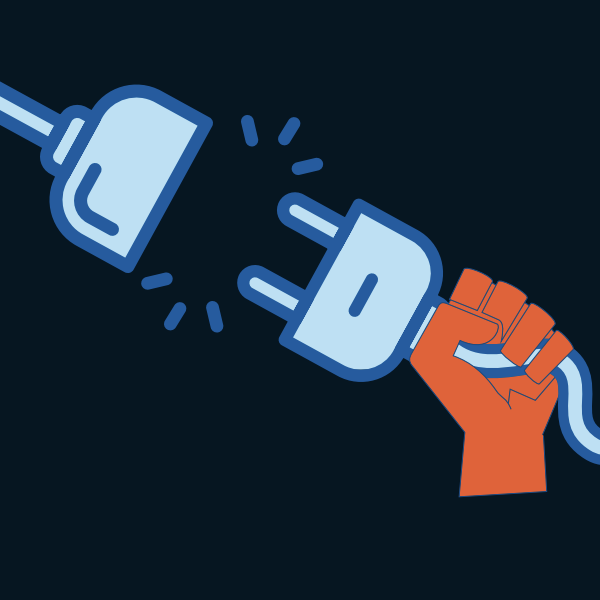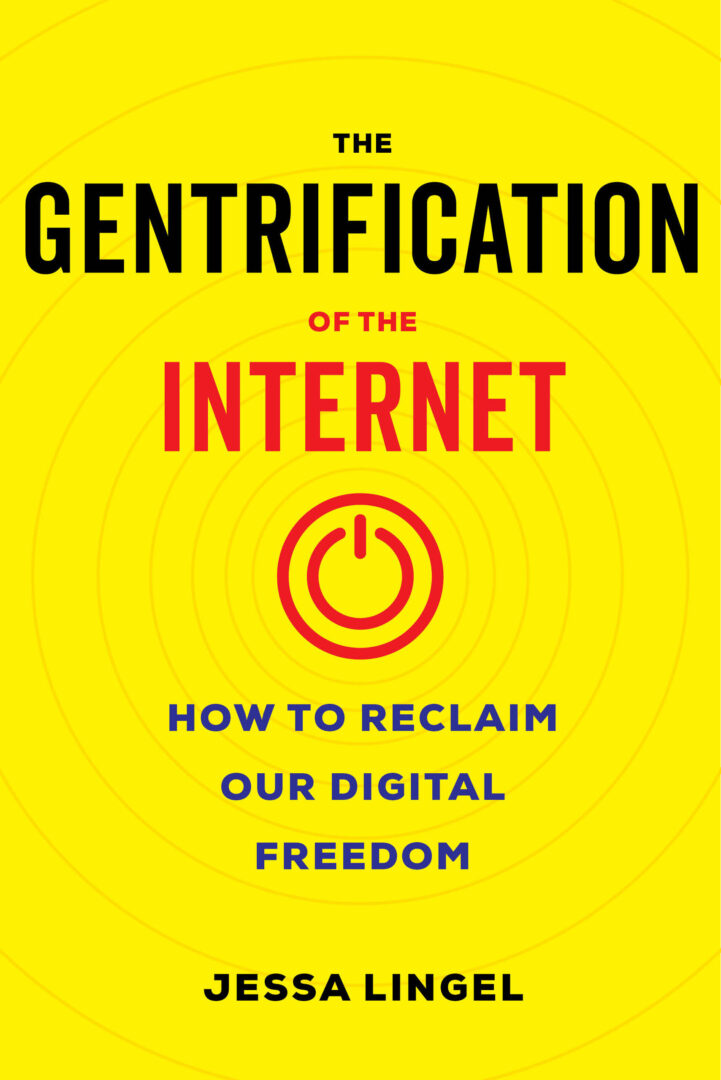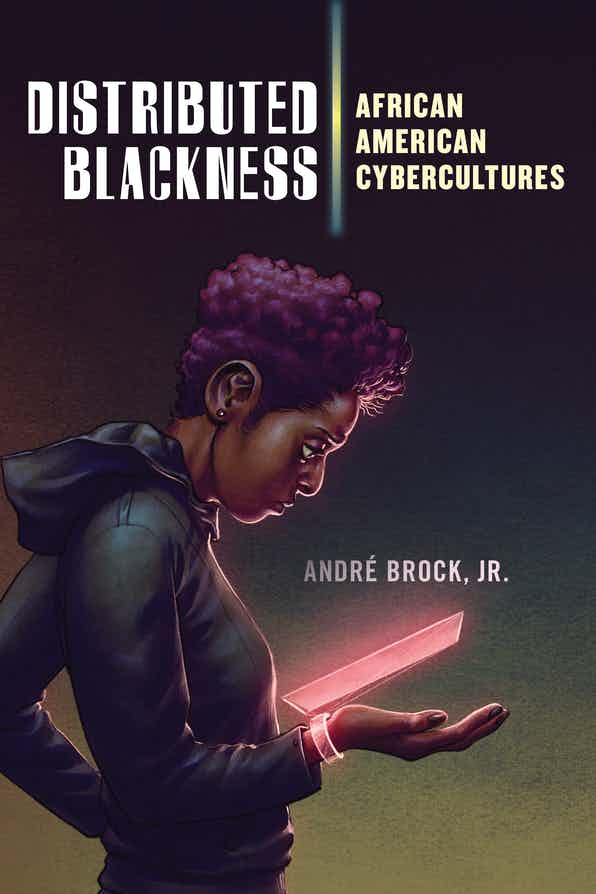Andrew Culp and Cultural Studies Association’s New Media and Digital Cultures Working Group Co-Chair Claudia Skinner take a look into Adi Kuntsman and Esperanza Miyake’s new book Paradoxes of Digital Disengagement: In Search of the Opt-Out Button, published by University of Westminster Press (2022). This podcast is accompanied by a scholarly commentary by Tero Karppi.
Keyword: internet
For the Moment, I Am Not Scrolling
Andrew Culp and Cultural Studies Association’s New Media and Digital Cultures Working Group Co-Chair Claudia Skinner take a look into Adi Kuntzman and Esperanza Miyake’s new book Paradoxes of Digital Disengagement: In Search of the Opt-Out Button, published by University of Westminster Press (2022).
Review of The Gentrification of the Internet: How to Reclaim Our Digital Freedom by Jessa Lingel (University of California Press)
What could we discover about the forces shaping the internet, and what could we learn about how to fight back against those forces if we committed to the metaphor of gentrification? In The Gentrification of the Internet: How to Reclaim Our Digital Freedom, Jessa Lingel shows that gentrification can be a useful lens through which to expose how power and class play out in online space. In a moment of increasing techno-skepticism, The Gentrification of the Internet offers a starting point for action, grounded in the reality of urban gentrification activism with proven results.
Review of Distributed Blackness: African American Cybercultures by André Brock, Jr. (New York University Press)
In Distributed Blackness: African American Cybercultures, interdisciplinary scholar André Brock, Jr. offers a timely and powerful examination of Blackness in the digital age. The book centers Black technology use from Black perspectives and investigates the online distribution of Black discourses. In six exploratory chapters, Brock reconceptualizes Black technoculture in a way that corrects deficit models of Black digital practice.
Circuits to the Past
This series of photographs tracks digital signals across nine nodes of our fiber-optic undersea cable network – a system responsible for carrying 99% of all transoceanic internet traffic. The images document cable landings in the United States, Australia, New Zealand, and Tahiti, sites where submarine systems come aground and become entangled in the existing movements of both humans and nonhumans. Rather than locating us in an urban landscape, “Signal Tracks” hones in on the cable system’s rural and aquatic environments, extending from breaking waves over Sydney’s beaches, to mountains where brush fires scour O‘ahu’s west shore, to the habitats of endangered mountain beavers in northern California. Although on the surface these images appear absent of industrial infrastructure, the accompanying textual annotations highlight how such “natural” ecologies have been folded into contemporary digital systems.
Distributed Centralization: Web 2.0 as a Portal into Users’ Lives
Web 2.0 as a whole is beginning to take a decidedly interconnected shape. Facebook, Google, YouTube, Wikipedia, Blogger, Twitter and other Web 2.0 sites are linked to one another in a complex and bewildering array of Application Programming Interfaces (APIs), user-created applications, links, protocols, and browser extensions. To trace these connections, this paper draws on the intersection between computing, software engineering, and the management of labor in informational capitalism to uncover an architectural model with which to understand this complexity: the portal model. We will see how the interconnections between Web 2.0 sites, built on de facto protocols, is creating the Web as Portal, an architecture built to capture value produced by users, value that was previously hidden as unstructured data. Web 2.0 as a portal is rife with contradictions: on the one hand, the Web (and Internet) remain distributed networks, and Web 2.0 applications could easily be mapped as distributed. On the other hand, extremely popular sites such as Facebook (for social networking) and Google (for search), as well as the increasing interconnection between them, are rendering Web 2.0 to be a centralized network. This distributed centralization is part of the larger portal architecture, wherein heterogeneous sites are articulated into a network of networks.


